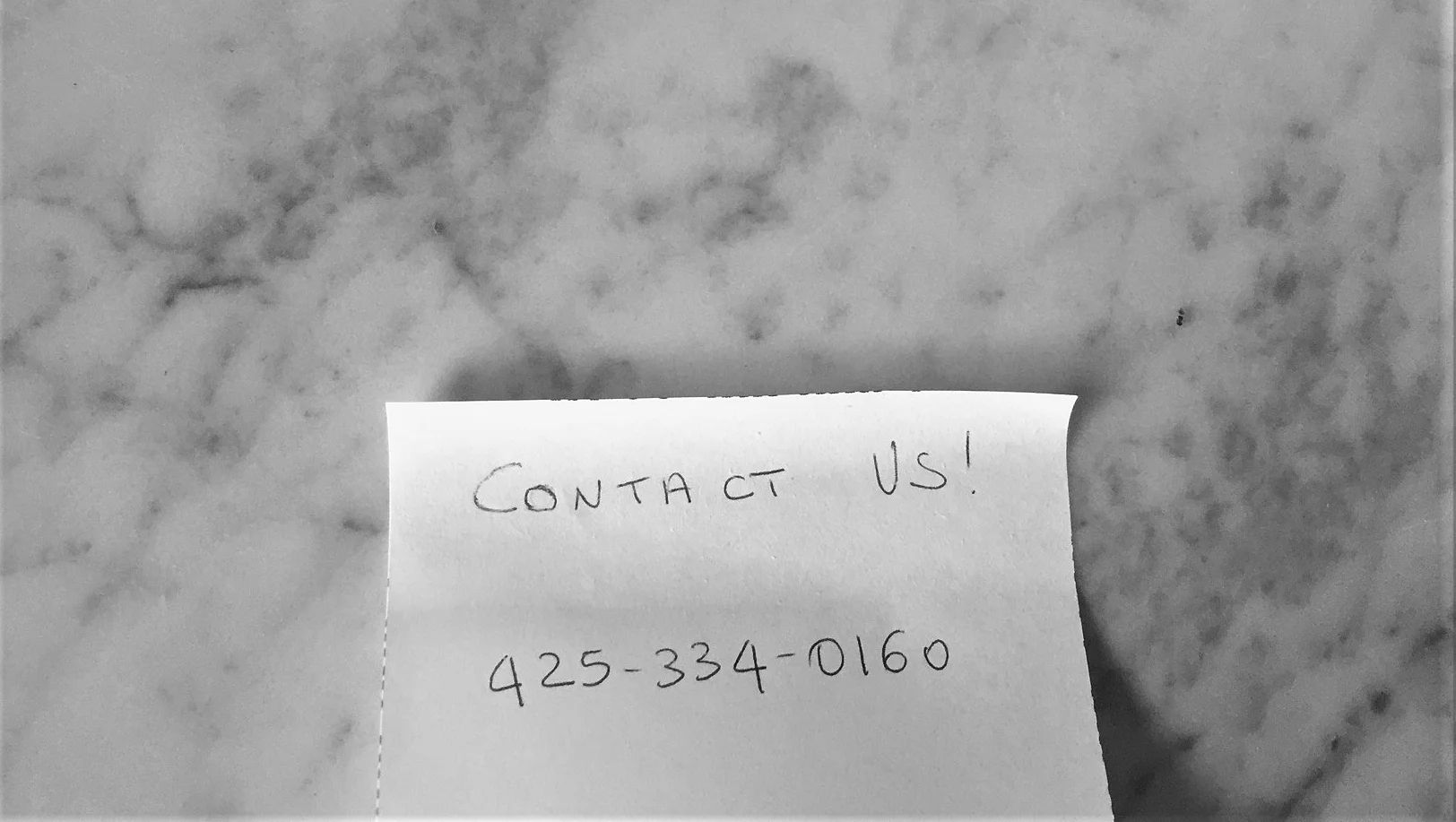Travertine
What is Travertine?
Travertine is characterized by the presence of many tiny holes, caused by trapped gas bubbles during its formation. This creates a porous, uneven surface, which is referred to as unfilled Travertine.
When these cavities are filled with cement or another material, the result is called filled Travertine and can be honed and polished to provide a uniform surface similar to marble.
Characteristics and Applications of Travertine
Valued for its banded, pitted “distressed” appearance, travertine adds rich, distinctive character to a variety of indoor and outdoor building projects. Its patterns and veining effects were formed by hot spring water percolating through underground limestone.
When used for interior applications, travertine is often filled with cement, grout or resin and sealed to create a smooth, stain-resistant surface.
Travertine is preferred for family and living rooms. Why? The family and living room in a home is a place for peace and relaxation, and the soft, muted tones and textures of travertine are the perfect touch. Available in shades of beige, tan, yellow and gold and processed with a tumbled or antiqued texture, travertine complements all types of furniture and upholstery.





